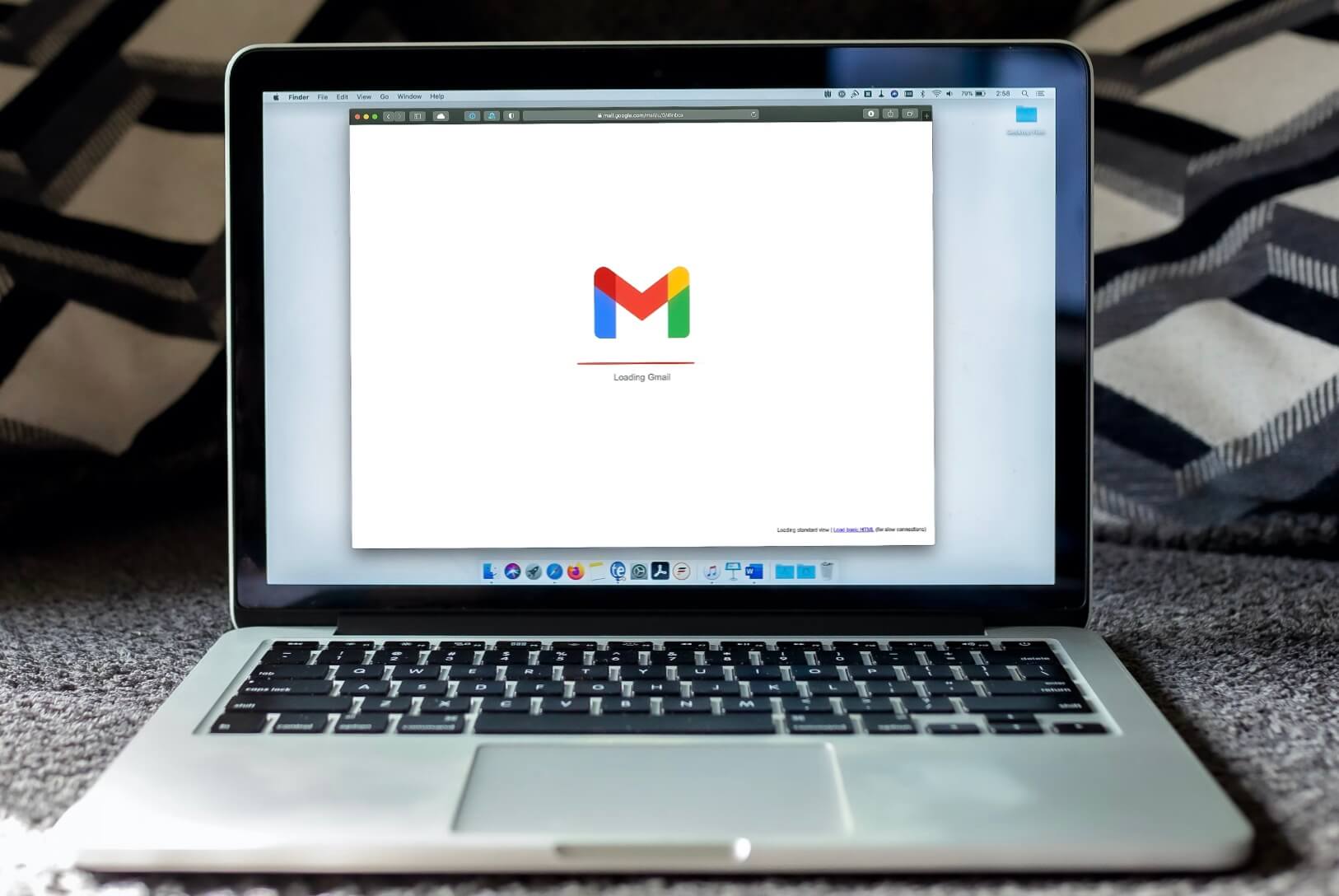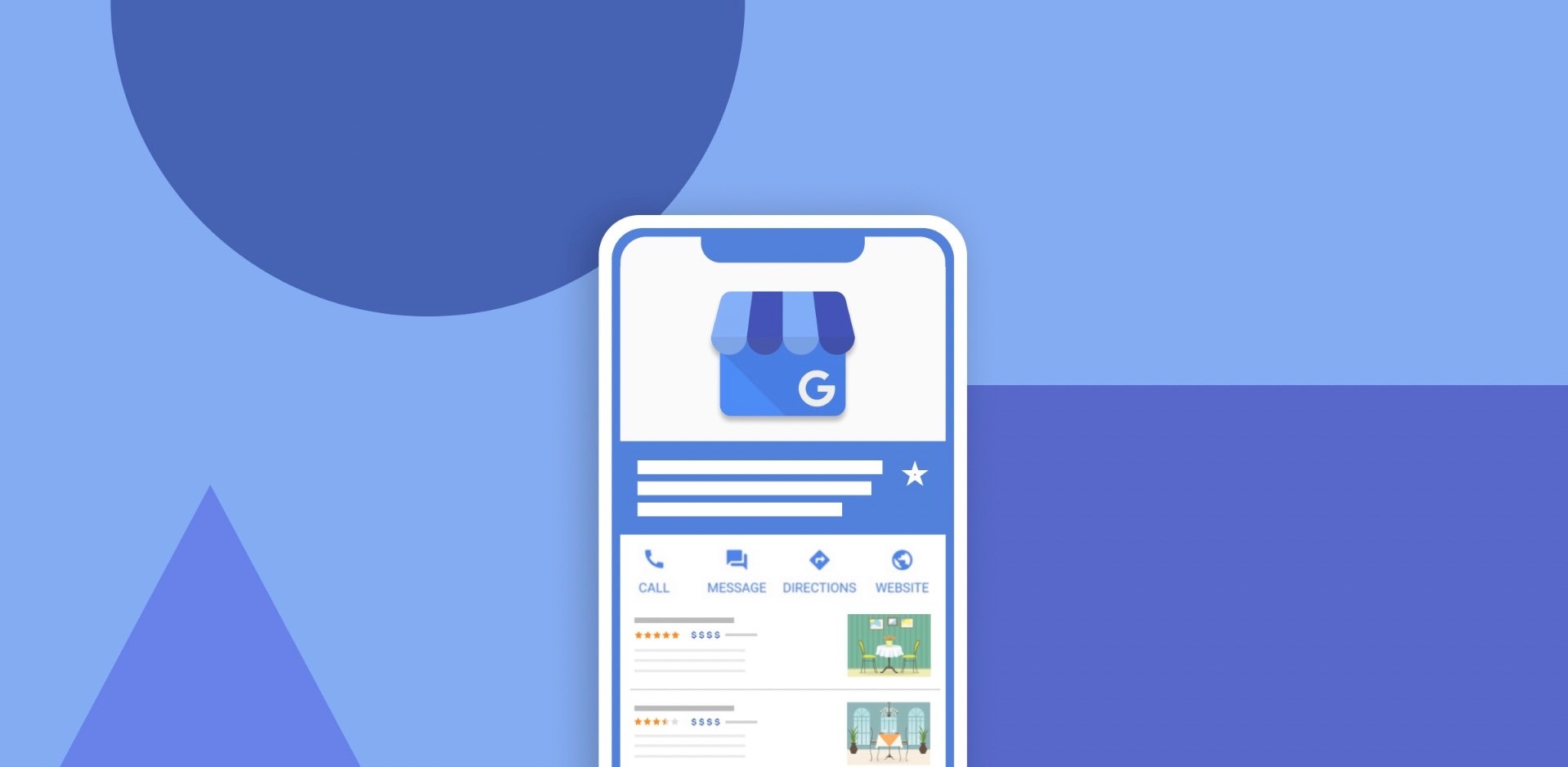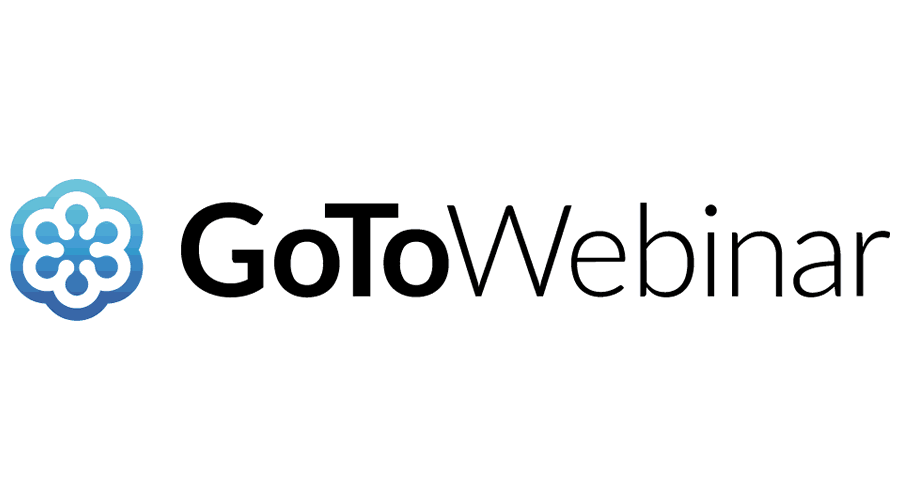
8 Best Digital Marketing Strategies for Small Business Owners
By David Ephraim, ATAK Interactive President, Development + Operations
Digital marketing has become a crucial aspect of every business, and a well-planned digital marketing strategy can help companies achieve their online marketing goals. A digital marketing strategy is a set of instructions that outlines the course of action to achieve these goals. It involves understanding the target audience, creating content that speaks to them, selecting digital channels that can reach them, and tracking metrics to gauge the success of the initiatives.
What is Digital Marketing Strategy?
.webp?width=600&height=337&name=strategy%20(1).webp)
A digital marketing strategy is a set of instructions for putting into practice a course of action to help businesses achieve their online marketing goals. Businesses must have a strong online presence in order to succeed in the current digital world, and a well-planned digital marketing strategy can help them achieve this.
Finding the target audience, understanding their needs and behaviors, and developing content and language that speaks to them are typically steps in a digital marketing plan. Selecting the digital channels that will effectively reach the target audience is another step in determining the budget and resources required to accomplish the strategy.
Some of the key components of a digital marketing strategy include search engine optimization (SEO), pay-per-click (PPC) advertising, social media marketing, content marketing, email marketing, and mobile marketing. Each of these components can be used in different ways depending on the business's goals and the target audience.
The ability to gauge the success of a company's marketing initiatives is one of the key advantages of having a digital marketing plan. Businesses may determine which channels and methods are effective and make data-driven decisions about how to best optimize their marketing efforts by tracking metrics like website traffic, engagement, and conversions.
How Does A Digital Marketing Strategy Work?

First and foremost, a digital marketing strategy begins with understanding the target audience. Who are they? What are their needs, wants, and pain points? By understanding the target audience, a business can develop a strategy that speaks directly to them, which is much more effective than a one-size-fits-all approach.
A company can create its messaging and content strategy once its target audience has been determined. This entails developing interesting and pertinent content that directly addresses the wants and demands of the target audience. Many different types of content are available, including blog articles, videos, social network posts, and email newsletters.
Another important component of a successful digital marketing plan is search engine optimization (SEO). To rank better in search engine results pages (SERPs) for particular keywords and phrases, a website must be optimized for SEO. Businesses can enhance sales and revenue by using this to bring organic visitors to their website.
Paid advertising is also an important component of digital marketing strategy. This involves using online advertising platforms such as Google Ads and social media advertising to promote products and services to target audiences. Paid advertising can be highly targeted, which makes it an effective way to reach potential customers.
Social media marketing is another critical aspect of digital marketing strategy. This involves using social media platforms such as Facebook, Instagram, and Twitter to engage with target audiences and promote products and services. Social media can be used to build brand awareness, drive traffic to a website, and generate leads and sales.
Finally, data analytics is an essential part of any digital marketing strategy. By tracking and analyzing data such as website traffic, social media engagement, and email open rates, businesses can identify what is working and what is not. This allows them to make informed decisions about their digital marketing strategy and optimize their campaigns for maximum impact.
8 Powerful Digital Marketing Strategies for Your Small Business
Digital marketing has become an essential part of every business, regardless of its size. Small businesses, in particular, can benefit greatly from implementing effective digital marketing strategies to reach and engage with their target audience. In this article, we will discuss eight powerful digital marketing strategies for small businesses, including personalized email marketing, marketing automation, and brand storytelling.
1. Personalized email marketing:

Email marketing is a cost-effective and efficient way to reach your customers and keep them engaged. However, generic email blasts are no longer enough. Consumers now expect personalized and relevant content in their inbox. Personalized email marketing allows you to segment your email list based on specific customer behaviors and preferences, allowing you to send targeted messages that resonate with each individual subscriber.
For example, if a customer has recently purchased a product from your website, you can follow up with personalized product recommendations, exclusive discounts, or related content that may interest them. By personalizing your emails, you increase the chances of your customers opening, engaging, and taking action.
2. Marketing automation:
.webp?width=500&height=500&name=New%20Project%20(3).webp)
Marketing automation tools allow small businesses to streamline their marketing efforts, save time, and improve their ROI. Automation can include automated email campaigns, lead nurturing, social media scheduling, and more. By automating repetitive marketing tasks, you can focus on more important aspects of your business, such as customer service, product development, or sales.
For example, you can set up automated email campaigns to welcome new subscribers, follow up with abandoned carts, or re-engage with inactive customers. You can also use marketing automation to nurture leads through targeted content and personalized messaging, increasing the likelihood of a sale.
3. Brand story

Your brand story is more than just a description of your business. It is the emotional connection that customers make with your brand, the values and beliefs that you stand for, and the unique story behind your business. A compelling brand story can differentiate your business from competitors and build trust with your customers.
For example, TOMS shoes' brand story is centered around its mission to give back to those in need. Every time someone purchases a pair of TOMS shoes, the company donates a pair of shoes to a child in need. This powerful brand story has helped TOMS stand out in the crowded footwear market and attract a loyal customer base.
4. Influencer Marketing

Influencer marketing is a digital marketing strategy that involves partnering with influential individuals on social media platforms to promote your product or service. Influencers are people with large followings on social media who have established credibility and trust with their audience.
The first step in implementing an influencer marketing strategy is to identify the right influencers for your business. Look for influencers who have a similar target audience to yours, and whose values align with your brand. You can use influencer marketing platforms such as AspireIQ, Upfluence, and Grin to find and connect with influencers.
Once you have identified potential influencers, reach out to them and start building a relationship. Consider offering them free samples of your product or service, or compensating them for their work. When you partner with an influencer, it's important to give them creative control over their content to ensure that it aligns with their voice and style.
Influencer marketing can be a highly effective way to build brand awareness and increase sales. According to a survey by Mediakix, 89% of marketers say that influencer marketing ROI is comparable to or better than other marketing channels.
5. Google My Business Listing

Google My Business is a free tool that allows businesses to manage their online presence on Google, including Google Maps and Google Search. By creating a Google My Business listing, you can help potential customers find your business when they search for relevant keywords in your area.
To create a Google My Business listing, start by claiming your business on Google. Then, fill out all of the relevant information, including your business name, address, phone number, website, and hours of operation. You can also add photos and videos to your listing to give potential customers a better idea of what your business has to offer.
Once your listing is complete, be sure to keep it updated with any changes to your business information. You can also encourage customers to leave reviews on your Google My Business listing, which can help improve your search engine rankings and attract more customers.
6. Digital Event Marketing

Digital event marketing is a strategy that involves using online channels to promote and host events, such as webinars, virtual conferences, and workshops. This can be a highly effective way to engage with potential customers and build brand awareness.
To start, identify the type of event that would best align with your business goals and target audience. Then, choose a platform to host your event, such as Zoom or GoToWebinar. You can also use social media platforms to promote your event and generate interest.
When planning your event, be sure to create engaging content and interactive sessions that will keep attendees interested and excited. You can also offer incentives, such as discounts or giveaways, to encourage attendees to take action.
Digital event marketing can help you reach a wider audience than traditional in-person events, and can also be more cost-effective. According to a report by Grand View Research, the global virtual events market size is expected to reach $774.5 billion by 2030, highlighting the growing popularity of this strategy.
7. Referral Marketing
.webp?width=500&height=500&name=New%20Project%20(4).webp)
Referral marketing is a powerful technique that small businesses can use to acquire new customers. It involves encouraging your current customers to refer their friends, family, and colleagues to your business. This is often done by offering incentives, such as discounts or free products/services, to customers who refer new business to you.
The beauty of referral marketing is that it leverages the power of word-of-mouth advertising. People are much more likely to try a new product or service if it comes recommended by someone they know and trust. By encouraging your current customers to refer new business to you, you're tapping into a powerful marketing channel that can help you grow your customer base.
To get started with referral marketing, you'll need to have a system in place for tracking referrals and rewarding customers who refer new business to you. This could be as simple as having a form on your website where customers can enter the name and email address of the person they're referring. You can then send a personalized email to the referred person, offering them a discount or other incentive to try your business.
8. Research Competitors and Differentiate Yourself

In today's competitive digital landscape, it's essential to understand who your competitors are and what they're doing. By analyzing your competitors' strengths and weaknesses, you can identify opportunities to differentiate your business and stand out in your market.
Start by researching your competitors' websites, social media channels, and online reviews. Look for areas where they excel and areas where they fall short. This could include things like their product offerings, pricing, customer service, or marketing strategies.
Once you have a good understanding of your competitors' strengths and weaknesses, look for ways to differentiate yourself. This could involve offering a unique product or service, providing exceptional customer service, or developing a targeted marketing campaign that speaks directly to your ideal customer.
One way to differentiate yourself is by focusing on a niche market. Rather than trying to be everything to everyone, identify a specific niche that you can excel in. This could be a specific product category, customer demographic, or geographic location.
Another way to differentiate yourself is by creating a strong brand identity. Develop a unique brand story and visual identity that sets you apart from your competitors. This could include things like your logo, color scheme, and tone of voice in your marketing materials.
Conclusion
A well-planned online marketing strategy for small business can help businesses achieve their marketing goals through online channels, which is crucial for their success. Such strategies typically involve identifying the target audience, developing content and messaging that resonates with them, selecting the most effective digital channels to reach them, and determining the budget and resources required. Key components of digital marketing include SEO, PPC advertising, social media marketing, content marketing, email marketing, and mobile marketing.
Related Posts

Marketing Strategy Agency Derivatives and Growth Unlocked
Marketing is an essential aspect of any business. It can help increase brand awareness, attract new customers, and drive sales. However, developing an…

Boosting ROI: Benefits of Hiring a Marketing Strategy Agency
Are you looking for ways to enhance your marketing strategy and increase your returns? Look no further than Derivatives, a top-tier marketing strategy…

The Role of a Web Design Agency in Boosting Your Online Presence
We examine the field of web design and the work of web designers in this blog. It takes a variety of talents, including graphic design, coding, and user…